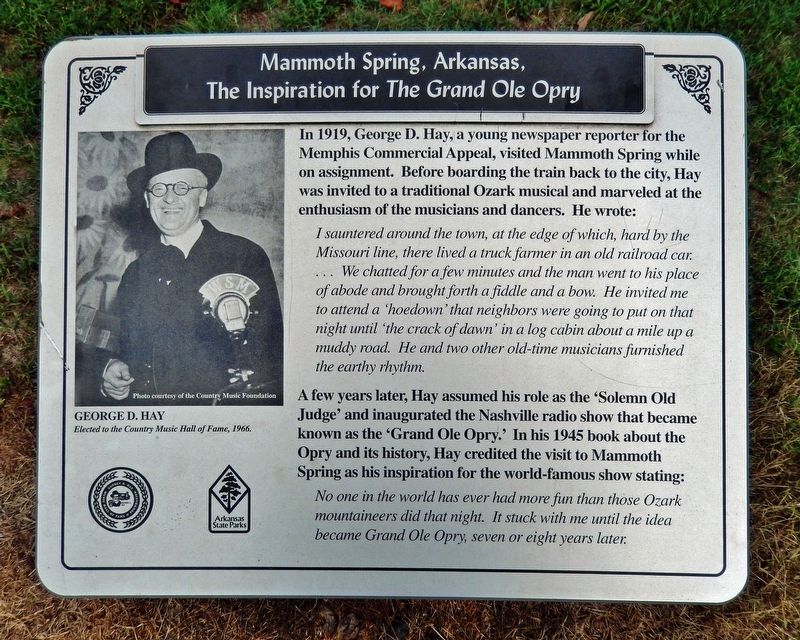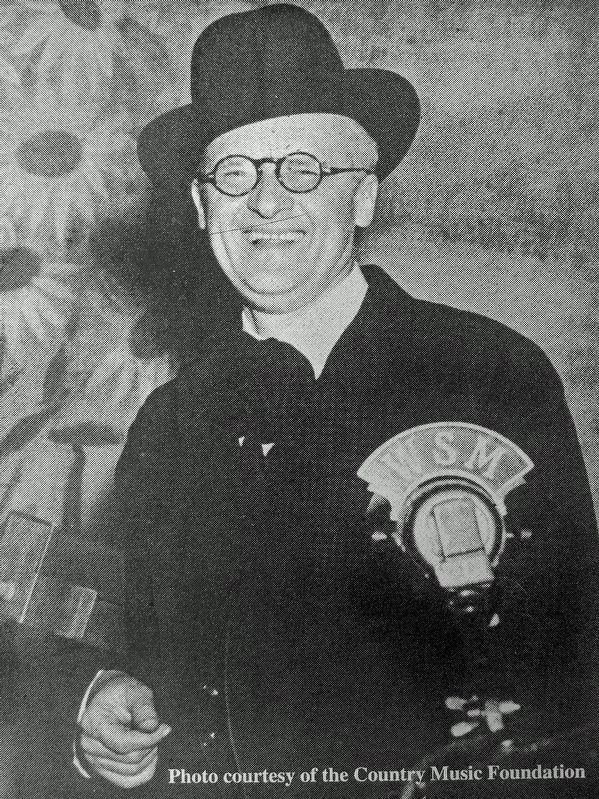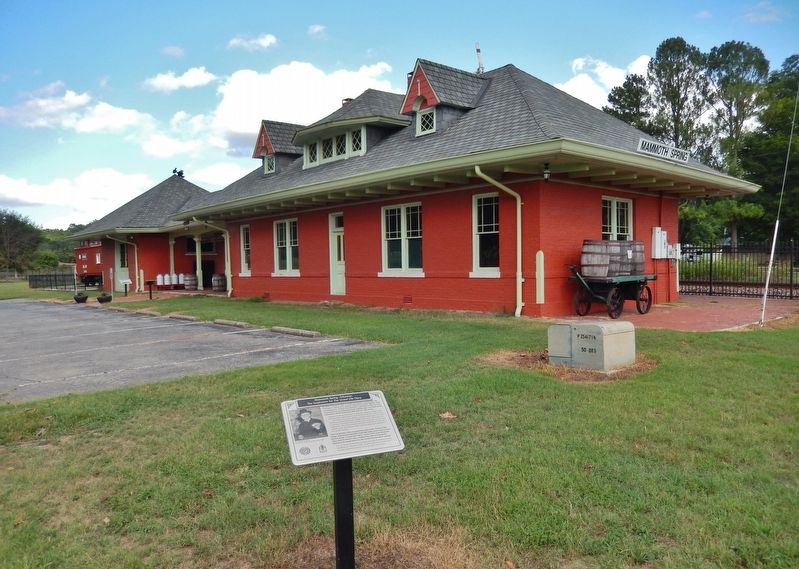Mammoth Spring in Fulton County, Arkansas — The American South (West South Central)
The Inspiration for The Grand Ole Opry
Mammoth Spring, Arkansas
I sauntered around the town, at the edge of which, hard by the Missouri line, there lived a truck farmer in an old railroad car… We chatted for a few minutes and the man went to his place of abode and brought forth a fiddle and a bow. He invited me to attend a 'hoedown' that neighbors were going to put on that night until 'the crack of dawn' in a log cabin about a mile up a muddy road. He and two other old-time musicians furnished the earthy rhythm.
A few years later, Hay assumed his role as the 'Solemn Old Judge' and inaugurated the Nashville radio show that became known as the 'Grand Ole Opry.' In his 1945 book about the Opry and its history, Hay credited the visit to Mammoth Spring as his inspiration for the world-famous show stating:
No one in the world has ever had more fun than those Ozark mountaineers did that night. It stuck with me until the idea became Grand Ole Opry, seven or eight years later.
Erected by George D. Hay Music Hall of Fame & Foundation; and Arkansas State Parks.
Topics. This historical marker is listed in these topic lists: Arts, Letters, Music • Communications • Entertainment. A significant historical year for this entry is 1919.
Location. 36° 29.738′ N, 91° 31.994′ W. Marker is in Mammoth Spring, Arkansas, in Fulton County. Marker can be reached from the intersection of U.S. 63 and Main Street (State Route 9), on the right when traveling north. Marker is located along the interpretive trail within Mammoth Spring State Park, near the Mammoth Spring Depot Museum. Touch for map. Marker is at or near this postal address: 17 US Highway 63, Mammoth Spring AR 72554, United States of America. Touch for directions.
Other nearby markers. At least 8 other markers are within walking distance of this marker. Mammoth Spring Depot (within shouting distance of this marker); a different marker also named Mammoth Spring Depot (within shouting distance of this marker); Frisco Caboose 1176 (within shouting distance of this marker); What Am I Standing On? (about 400 feet away, measured in a direct line); The Development of Mammoth Spring (about 400 feet away); Arkansas-Missouri Power Company (about 500 feet away); Dam Site #1 and Mammoth Spring Milling Company (about 500 feet away); Mammoth Spring (about 500 feet away). Touch for a list and map of all markers in Mammoth Spring.
Related markers. Click here for a list of markers that are related to this marker. Mammoth Spring
State Park
Also see . . .
1. George D. Hay: Founder of The Grand Ole Opry.
The longest running radio program in history of course is the Grand Ole Opry. Created in 1925 by George D. Hay, the program has become synonymous with country music, and its weekly live broadcasts still attract thousands of fans. George D. Hay first experienced rural mountain music as a reporter when he had been on assignment in the Ozarks — what he called “a real backwoods community.” As a radio programmer at a time when stations like WSM could be heard coast to coast, he realized that there was a high demand for traditional mountain music and old-time tunes.(Submitted on February 15, 2022, by Cosmos Mariner of Cape Canaveral, Florida.)
2. George D. Hay.
Rightfully given credit as the founder of WSM’s Grand Ole Opry, George Dewey Hay was a remarkable visionary and colorful romantic who played a vital role in the commercializing and promotion of country music. In the fall of 1924 Hay won the Radio Digest poll as the most popular announcer in the country. This led to his being offered the job as “radio director” for the newly opened WSM in Nashville; he accepted, and on November 9, 1925, began work at the station. Hay told a friend shortly after arriving that he wanted to recreate the kind of barn dance he had worked on at WLS. It was Hay, too, who redubbed the program the Grand Ole Opry in 1927.(Submitted on February 15, 2022, by Cosmos Mariner of Cape Canaveral, Florida.)
Additional keywords. The Inspiration for The Grand Ole Opry
Credits. This page was last revised on February 17, 2022. It was originally submitted on February 15, 2022, by Cosmos Mariner of Cape Canaveral, Florida. This page has been viewed 375 times since then and 69 times this year. Photos: 1, 2, 3. submitted on February 15, 2022, by Cosmos Mariner of Cape Canaveral, Florida.


